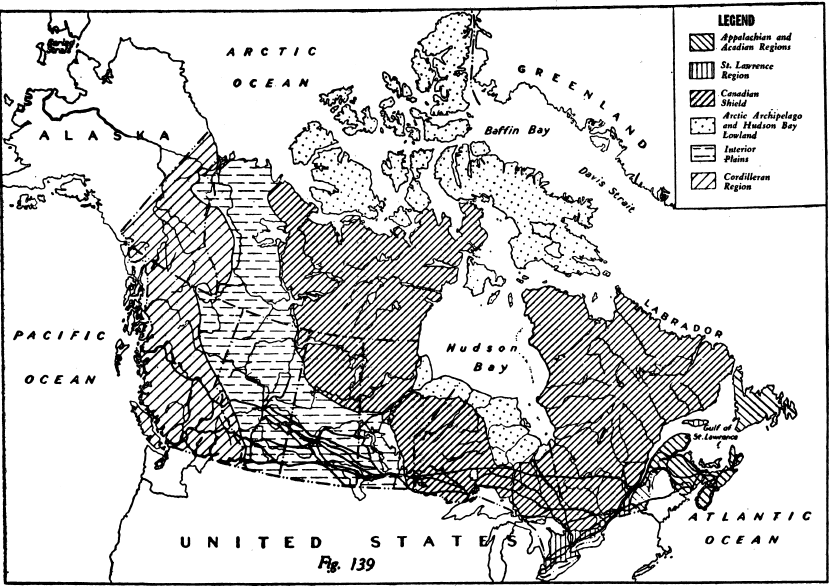Mineralogy & Flotation: Floatability VS Selectivity Test Assessment

Mineralogy is the driving force behind flotation performance. A flotation batch and rate test measures this as mass pull recovery and concentrate grade. The real data from a rate test can be processed to determine the flotation kinetics of metal, mineral and gangue. What we cover here is what are kinetics and what do they mean. […]
Flotation Kinetics: Mass Recovery vs Entrainment

This covers the recovery of entrained solids with water and the relationship between mineralogy and flotation performance; both are described in terms of flotation kinetics. The starting points for the relationship between mass and water recovery other products of a flotation rate test. In addition to concentrate mass, metal or mineral and floatable gangue. If […]
Gold Chloride

Gold Monochloride or Aurous Gold Chloride “AuCl” is a salt is prepared by heating the trichloride to 185° in air for twelve hours. It is non-volatile and unaltered at ordinary temperatures and pressure by dry air, even when exposed to light, but begins to decompose at temperatures above 160°, and the decomposition is complete if it is […]
Gold and Silver Alloys

Gold and silver unite in all proportions, yielding alloys which are harder, more fusible, and more elastic than either metal. The hardest is that containing two parts of gold to one of silver. The colour of gold is sensibly lowered by the addition of very small quantities of silver, and on increasing the proportion of […]
Gold Alloys

Gold can alloy with almost all other metals, but most of the bodies thus formed are of little or no practical importance. Tin, zinc, arsenic and antimony unite with gold with contraction, and form pale yellow or grey coloured, hard, brittle and easily fusible alloys, of which all, except those containing zinc, are soluble with […]
Solubility of Gold

Gold is readily soluble in aqua regia, or in any other mixture producing nascent chlorine, among such mixtures being solutions of: nitrates, chlorides, and sulphates — e.g., bisulphate of soda, nitrate of soda, and common salt; chlorides and some sulphates—e.g., ferric sulphate; hydrochloric acid and potassium chlorate; bleaching powder and acids, or salts such as […]
Managing a Mineral Discoveries

Sampling and Assaying A prospector sometimes fails to reap the full advantage, or even any advantage, from a discovery, because of his manner of handling it. The first step is to ascertain the value of the mineral deposit; in most cases, this must be done by having assays made. As a preliminary, a selected sample […]
Mineral Surface Outcrops and Showings

The search for mineral deposits can be made to produce better results if special attention is given to certain surface appearances. Experience has shown that minerals sought for in a known area are distributed in definite relations to the rocks of that area. The valuable deposits should be searched for in the zones thus determined […]
Practical Web Handbook to Mineral Prospecting Methods in Mining

The prospector’s most valuable prospecting equipment for his business is his knowledge of rocks and minerals; and the more thorough, complete, and practical is this knowledge, the better his preparation for the discovery of mineral deposits. Rearing this in mind, the foregoing descriptions of minerals and rocks have been accorded a rather more extended treatment than […]
List Semi-Precious Stones Names

This interesting list may lead to a more careful watch for precious and semi-precious stones and their names. Most gems are crystals of unusual quality in regard to transparency and color; they are to be looked for in those rocks that have crystallized slowly, or in cavities that have been slowly filled by the growth of […]
